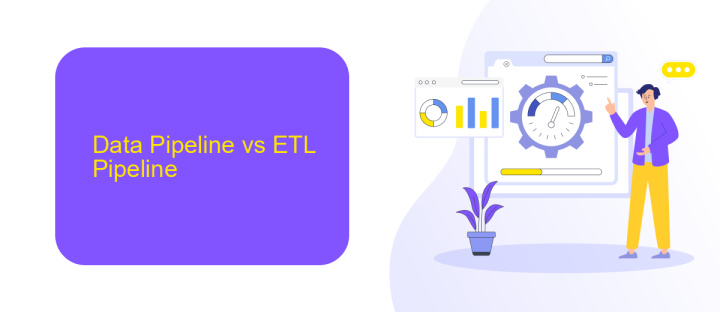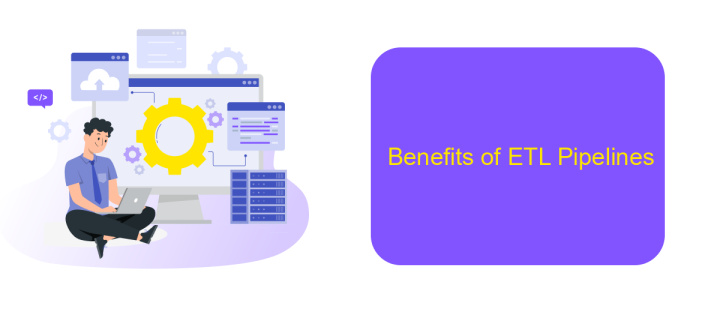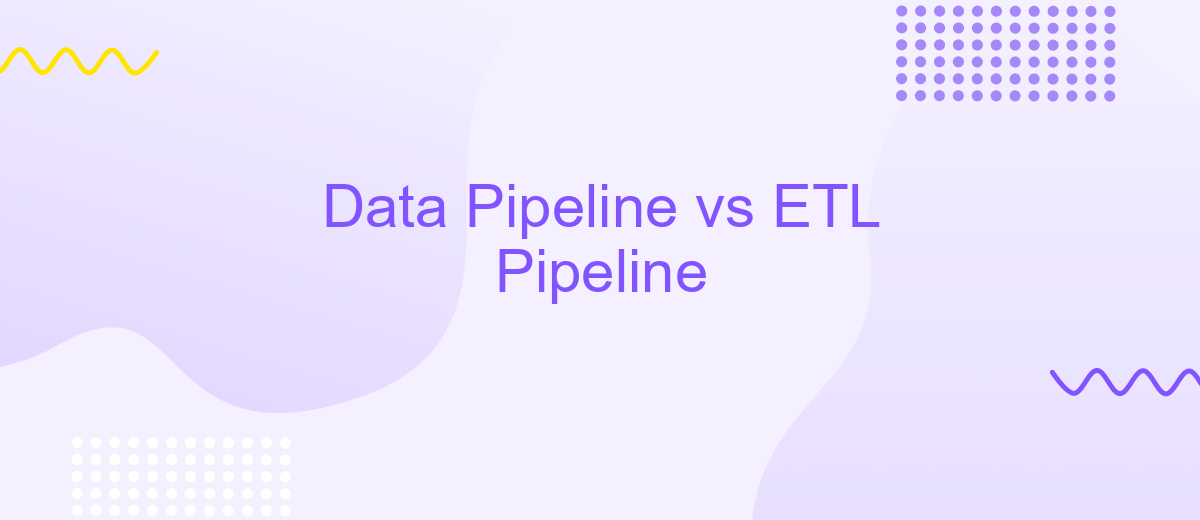Data Pipeline vs ETL Pipeline
In the realm of data engineering, understanding the distinctions between data pipelines and ETL (Extract, Transform, Load) pipelines is crucial. Both are integral for efficient data management, yet they serve different purposes and operate in unique ways. This article delves into the core differences, functionalities, and use cases of data pipelines versus ETL pipelines, providing clarity for data professionals.
Introduction
In the realm of data management, understanding the differences between Data Pipelines and ETL Pipelines is crucial. Both play significant roles in how data is collected, processed, and utilized, yet they serve distinct purposes and offer unique advantages.
- Data Pipeline: A broader concept that encompasses the entire journey of data from source to destination, including real-time processing and multiple stages of transformation.
- ETL Pipeline: A specific type of Data Pipeline focused on Extracting, Transforming, and Loading data, often used in batch processing and traditional data warehousing.
Choosing the right pipeline depends on your organization's needs. For instance, if you require real-time data integration and seamless connectivity between various applications, services like ApiX-Drive can streamline the process. ApiX-Drive offers a user-friendly platform to set up and manage data integrations, ensuring your data flows efficiently and accurately across systems. Understanding these pipelines helps in optimizing data strategies and achieving better business outcomes.
Data Pipeline vs ETL Pipeline

Data Pipeline and ETL Pipeline are both essential components in modern data management, but they serve different purposes. A Data Pipeline is a broader term that encompasses the entire journey of data from its source to its destination. This journey may involve various stages like data collection, processing, storage, and analysis. Data Pipelines are versatile and can handle both structured and unstructured data, making them suitable for real-time data processing and complex data workflows.
On the other hand, an ETL (Extract, Transform, Load) Pipeline is a specific type of Data Pipeline focused on extracting data from various sources, transforming it into a suitable format, and loading it into a target database or data warehouse. ETL Pipelines are typically used for batch processing and are ideal for structured data. Services like ApiX-Drive can simplify the integration process by automating data transfers between applications, making it easier to set up both Data and ETL Pipelines efficiently. While both pipelines aim to streamline data management, their applications and functionalities differ significantly.
Benefits of Data Pipelines

Data pipelines offer numerous benefits that streamline and optimize the handling of data within an organization. These pipelines automate the process of collecting, processing, and transporting data from various sources to destinations, ensuring that data is timely and accurate.
- Efficiency: Automated data pipelines significantly reduce the manual effort required for data handling, thereby increasing operational efficiency.
- Scalability: Data pipelines can easily scale to accommodate growing data volumes and more complex data workflows.
- Consistency: By standardizing data processing steps, pipelines ensure consistency and reliability in data quality.
- Real-time Processing: Many data pipelines support real-time data processing, enabling timely insights and decision-making.
- Integration: Tools like ApiX-Drive simplify the integration of various data sources and services, making it easier to build and manage data pipelines.
In conclusion, data pipelines are essential for modern data management, providing a robust framework for efficient, scalable, and reliable data operations. With the help of integration tools like ApiX-Drive, organizations can further enhance their data workflows and ensure seamless data handling across different platforms.
Benefits of ETL Pipelines

ETL (Extract, Transform, Load) pipelines offer a structured approach to data management, ensuring that data is consistently and accurately processed. This structured flow is crucial for businesses that rely on data-driven decision-making, as it allows for the seamless integration of data from various sources into a single, coherent system.
One of the primary benefits of ETL pipelines is their ability to handle large volumes of data efficiently. By automating the extraction, transformation, and loading processes, businesses can save significant time and resources, reducing the need for manual data handling and minimizing the risk of errors.
- Improved data quality and consistency
- Enhanced compliance and data governance
- Scalability to accommodate growing data needs
- Streamlined data integration from multiple sources
- Time and cost efficiency
With tools like ApiX-Drive, setting up ETL pipelines becomes even more accessible. ApiX-Drive simplifies the integration process, allowing businesses to connect various data sources with minimal technical expertise. This ensures that even small to medium-sized enterprises can leverage the power of ETL pipelines to optimize their data workflows and drive better business outcomes.
- Automate the work of an online store or landing
- Empower through integration
- Don't spend money on programmers and integrators
- Save time by automating routine tasks
Conclusion
In conclusion, while both Data Pipelines and ETL Pipelines play crucial roles in data management, they serve distinct purposes. Data Pipelines focus on the continuous flow and processing of data, ensuring real-time analytics and seamless data integration. ETL Pipelines, on the other hand, prioritize the extraction, transformation, and loading of data, making it suitable for structured analysis and reporting. Understanding these differences is essential for selecting the right approach based on your specific business needs.
Moreover, integrating these pipelines efficiently can be facilitated by services like ApiX-Drive, which streamline the process of connecting various data sources and automating workflows. By leveraging such tools, organizations can enhance their data strategy, ensuring that data is not only collected and transformed but also readily available for insightful decision-making. Ultimately, the choice between Data Pipelines and ETL Pipelines should align with your organizational goals, data infrastructure, and the agility required to stay competitive in today's data-driven landscape.
FAQ
What is the difference between a Data Pipeline and an ETL Pipeline?
When should I use a Data Pipeline instead of an ETL Pipeline?
Can I automate the creation and management of Data Pipelines and ETL Pipelines?
What are the key components of an ETL Pipeline?
How do I ensure data quality in my Data Pipeline?
Time is the most valuable resource in today's business realities. By eliminating the routine from work processes, you will get more opportunities to implement the most daring plans and ideas. Choose – you can continue to waste time, money and nerves on inefficient solutions, or you can use ApiX-Drive, automating work processes and achieving results with minimal investment of money, effort and human resources.


